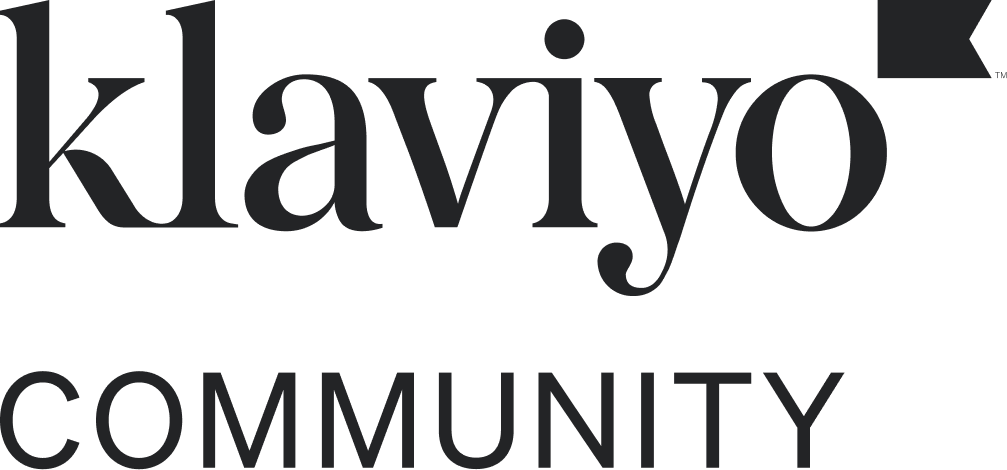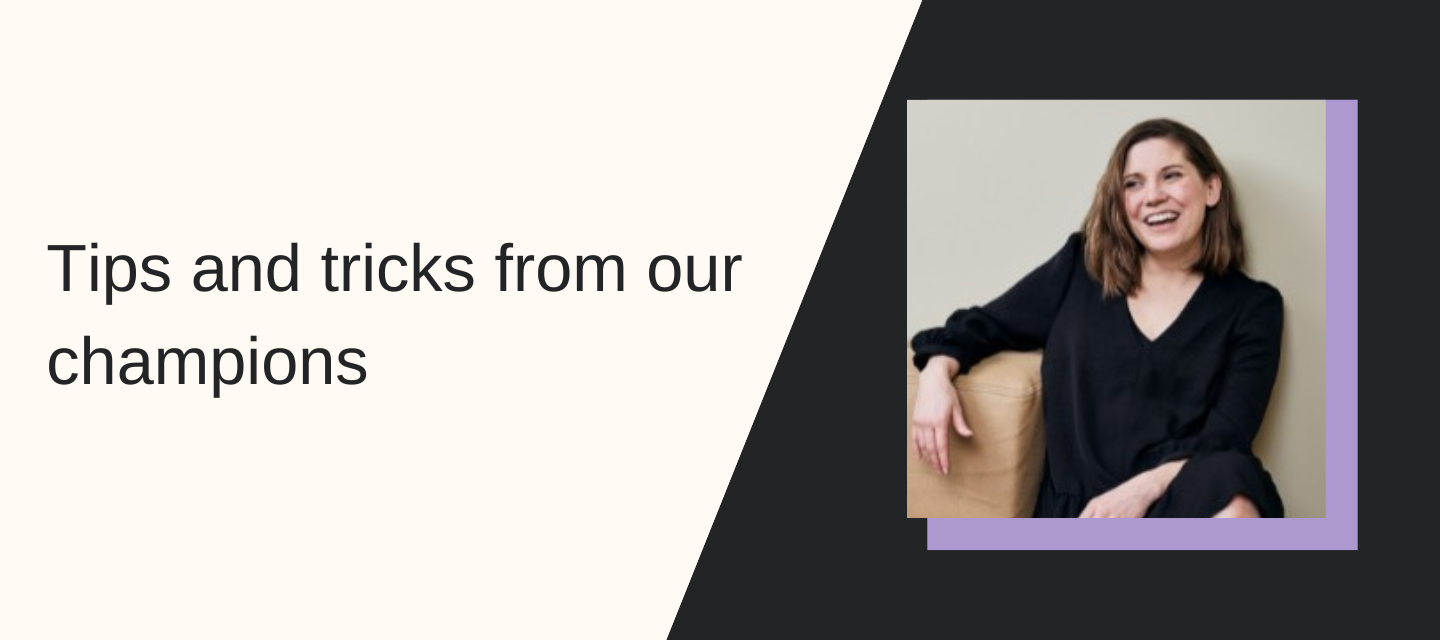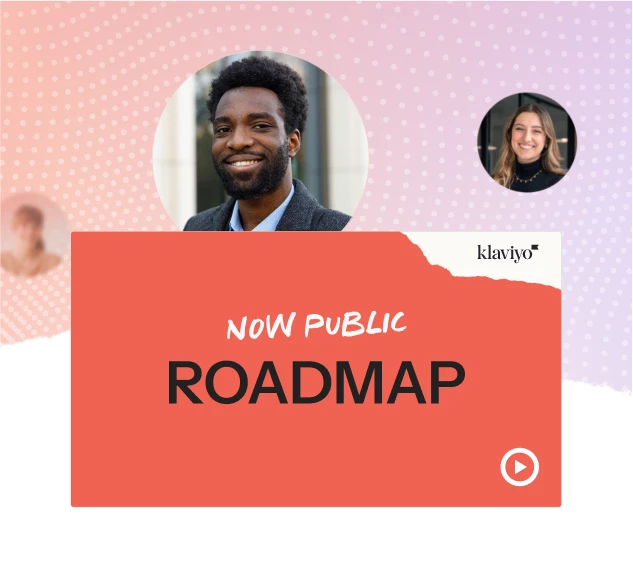Email copywriting includes both subject line and email body copy. It may seem straightforward, but it requires practice, strategy, creativity, and careful execution. When inboxes are flooded with marketing emails, copywriting is where you can stand out and generate revenue from your email marketing channel.
Great email copy is well written, on brand, clear, easy to read, and direct so your subscriber knows what to do.
These 8 tips will help you create stronger email copy, boosting your click rates and conversion rates.
1. Know your audience
You need to know who you’re talking to before you do anything in marketing, including email copywriting. Good copy demonstrates an understanding of its audience to resonate with them, which ultimately drives action.
Work out why your audience would care about your message. How can you help solve their specific problems? What are their motivations to act?
Putting your customer at the heart of every piece of copy helps to eliminate fluff, and makes sure your copy is relevant.
If you haven't already, read your brand's buyer personas. If your brand doesn't have any personas, create them so you can write relevant copy for them.
2. Be authentic to brand voice
Your brand voice is made up of the words your brand uses to tell its story and communicate its unique point of view. Use your brand voice well and often in your emails.
Every interaction with your audience is an opportunity to reinforce your brand's identity.
You can be funny, playful, quirky, assertive, or bold—but you must be authentic.
3. Write like you speak
Don't use jargon, ever! Take care, especially, to avoid in-house jargon that only your internal teams will understand.
You’re much more likely to capture people's attention and inspire them to act when you stick to words they understand.
I always recommend reading your copy out loud. This is a creative writing trick that helps you pay closer attention to the rhythm and structure of your sentences, voice and tone, and word choice. As you read, ask yourself: does it sound right?
4. Pique curiosity with your subject line
Subject lines play a crucial role in determining whether your audience opens your email or sends it straight to the trash.
Compelling subject lines should pique curiosity or create urgency to capture attention in a crowded inbox.
Your subject line should also relate to your email body copy to keep your audience engaged. They should work together to create one unifying message.
Always A/B test subject lines for email campaigns and flows.
5. Keep your CTAs simple and direct
Always include a call to action (CTA) that’s visible, clear, and direct. A persuasive CTA expressed with compelling copy can transform your audience into a paying customer.
I love the use of clever microcopy for CTAs. These small moments are opportunities for you to be bold, using action words to drive clicks. Think beyond “Shop now” or “Read more” (although these have their place, too).
6. Personalize your copy
Personalized emails generate higher engagement and conversion rates. For example, addressing recipients by their first name or simply tailoring the message to their interests and behaviors can increase the relevance of your messages, leading to more engagement.
Omni, a dog food brand, uses customers' dogs' names in all their communications. Bold Bean Co. sends vegans recipes that are relevant to them. The Conran Shop features copy and products based on a customer’s previous browsing and purchase history.
7. Keep the copy concise
Length is important. Email copy should be concise and to the point. If a customer wants long-form content, they’ll visit your blog.
In my opinion, the sweet spot for emails is 50-125 words, linking to relevant resources or products.
Of course, there are always exceptions to this rule. For example, a letter from a founder may be longer, but you’ll still want to keep the text easy to read and scannable. Use short paragraphs to make it more digestible.
And always make sure you’re viewing your copy on mobile.
8. Test, test, and test again
I’ve already covered A/B testing for subject lines, but if you want to know what's really converting, it's important to A/B test your copy, too.
You can test your CTAs, copy length, headline, punctuation, and tone.
Klaviyo's A/B testing tool is simple to use, allowing you to send two versions of an email to the same segment and see which email encourages the most clicks.
Create a clear testing schedule and only test one variable at a time so you know what’s making an impact.
Bonus tip: not all emails are created equal
Remember that every email serves a unique purpose and requires a tailored approach for messaging and tone.
Going back to my first tip, think about your audience and their position in your funnel. Your welcome email is someone's first touchpoint with your brand, and this is where you set the tone and create a lasting impression. A reactivation email is your chance to rekindle a waning relationship, encouraging them to return to your brand.
Effective copywriting is the cornerstone of a successful email marketing channel. Remember you are writing for your audience, so keep them at the center of everything you write.
To excel at email copywriting, utilize A/B testing and just keep practicing
If you need any support or copywriting advice, don't forget you can drop us questions in the Klaviyo Community.
-Victoria (
Learn more about me on my Champion profile page or reach out to my agency Unified to help you out with anything you need!
Resources available to keep learning:







![[Academy] Deliverability Certificate Forum|alt.badge.img](https://uploads-us-west-2.insided.com/klaviyo-en/attachment/505f2253-cde5-4365-98fd-9d894328b3e0_thumb.png)
